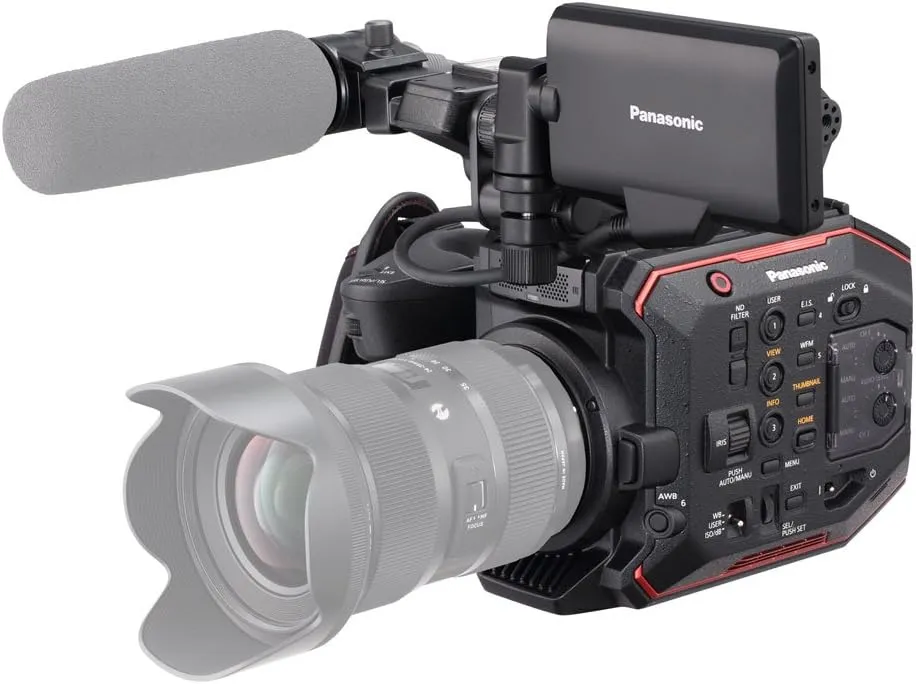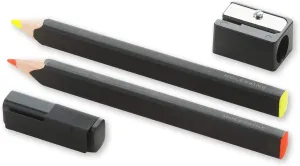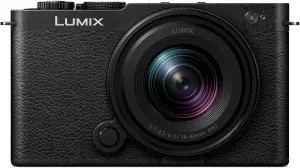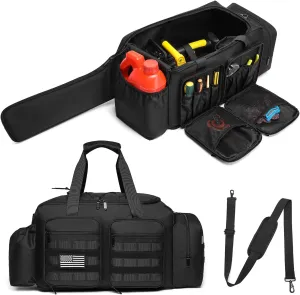- Super 35mm 5.7K Sensor Dual Native ISO
- EF Lens Mount Records 4K up to 60 fps
- Records 2K up to 240 fps 5.7K Raw Output via BNC
- 10-Bit, 4:2:2 Processing Records to SD Cards
- V-Log and V-Gamut Capture SDI and HDMI Video Outputs
Housing a high-resolution 5.7K image sensor capable of rendering smooth 4K images inside a compact body, Panasonic's AU-EVA1 Compact 5.7K Super 35mm Cinema Camera is a flexible camera system ready for documentary, cinema, and live event production. The 5.7K sensor is used to super-sample internal recordings, resulting in higher resolving images with less noise and artifacting when compared to non-super-sampled recordings. Panasonic's acclaimed Dual Native ISO technology is also incorporated into this sensor. Dual Native ISO uses alternative circuitry within the sensor, rather than adding gain or shifting the gamma of the original signal output, to increase sensitivity while maintaining a high signal-to-noise ratio. The standard native ISO is 800, which works for most production situations. This can be switched to 2500 when working in dim scenarios. An EF lens mount at the front of the body supports a wide range of interchangeable lenses from popular manufacturers. Directly behind the mount is an electronically controlled ND filter wheel offering 2, 4, and 6 stops of filtration for cutting down on excess light, letting you set your lens's aperture to fit the desired aesthetic of your production. For further flexibility, the IR-cut filter is defeatable for shooting in extreme low-light situations or for creative color effects. On the back end, videos are recorded using 10-bit, 4:2:2 sampling for smooth gradations in subtle shades and a reduction in banding artifacts over 8-bit sampling. Bit rates up to 400 Mb/s are available for high image quality, though lower data rates around 150 Mb/s are available as well to save card space without an extreme image quality penalty. For the highest image quality, the EVA1 will output a 10-bit raw data stream to an external recorder via its BNC terminal. The raw data can then be processed in post-production to extract cinema-grade images with high dynamic range.












